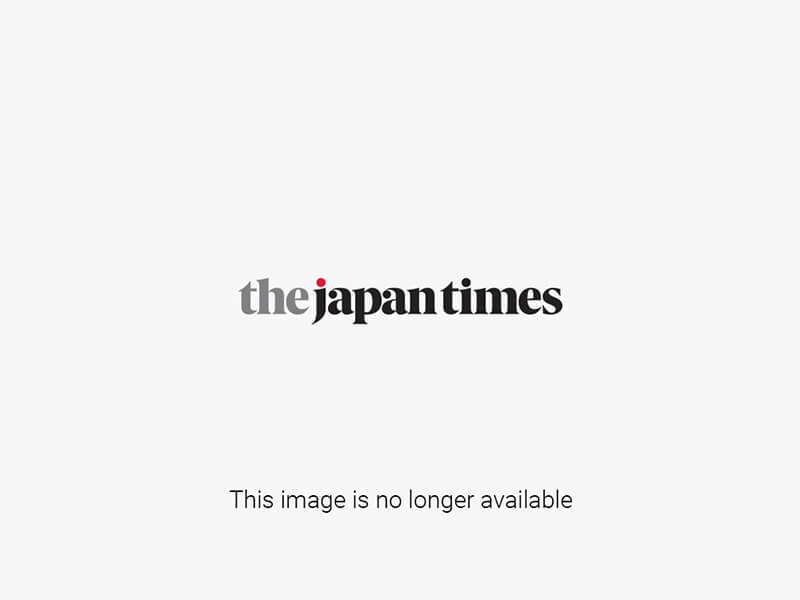The Tsushima Municipal Assembly in Nagasaki Prefecture approved a request Tuesday calling on the city to conduct a preliminary survey to gauge its suitability to host an underground disposal site for highly radioactive waste.
Tsushima Mayor Naoki Hitakatsu said he would make a final decision during the September assembly session on whether to authorize the survey, the first part of a three-stage process spanning around 20 years to select a permanent disposal site for the waste from nuclear power generation.
If Tsushima decides to conduct the survey, requested by four local construction associations, the island city struggling with depopulation and a sluggish economy would receive up to ¥2 billion in state subsidies.
In 2020, two municipalities in Hokkaido — Suttsu and Kamoenai — became the first to approve preliminary surveys.
But the surveys in the two municipalities have not been completed in the scheduled two years and it is unclear whether either process will move to the second stage as local opposition remains strong.
The first-stage surveys — conducted by the Nuclear Waste Management Organization, a quasi-governmental body in Tokyo — involve checking the condition of the land and volcanic activity based on published geological sources.
Japan, like many other countries with nuclear plants, is struggling to find permanent waste disposal sites.
High-level radioactive waste, produced when extracting uranium and plutonium from spent fuel, must be stored in bedrock at least 300 meters underground for tens of thousands of years until the radioactivity declines to levels that do not pose harm to human health or the environment.
Tsushima was identified on a map of potential disposal sites released by the central government in 2017.

